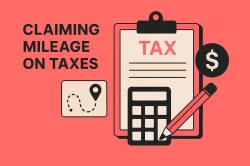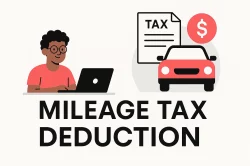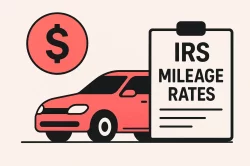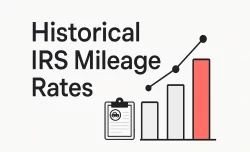Table of Contents
Understanding personal use or personal mileage of a company vehicle is super important. It affects your taxes and how your employer handles things. This guide breaks down what it is and why you need to know.
What is Personal Use (Personal Mileage)?
Personal mileage is just what it sounds like: miles you drive in a company car for reasons that aren’t business-related. This includes driving to and from work, running errands, or taking trips with your family. It’s basically any driving that isn’t directly for your job duties. On the flip side, business mileage is only travel between different work locations and specifically excludes your daily drive to your regular office.
The IRS sees your personal use of a company car as extra money you get (a taxable fringe benefit). This means you might owe taxes on it. Because of this, it’s crucial to know where to draw the line between driving for work and driving for life.
Key Facts and Numbers About Personal Use
The IRS has rules about how to figure out the value of your personal use of a company vehicle. The most common ways are pretty straightforward:
- Annual Lease Value Method: This method looks at the car’s total value when you first got it. It figures out a yearly (or monthly) cost based on that value. Then, you pay tax on a portion of that cost based on how much of your driving was personal use. This method includes costs like maintenance and insurance, but not the fuel you pay for yourself.
- Cents-Per-Mile Method: This is often easier. The IRS sets a standard rate for each mile. You multiply your personal mileage by this rate to get the taxable value. For example, if you drove 200 personal miles and the rate is 54 cents a mile, the value is $108 (200 miles * $0.54). If your employer doesn’t pay for your fuel, the rate might be a bit lower.
FAQ
What is personal use of a vehicle?
Personal use refers to driving that’s unrelated to business activities, such as running personal errands, commuting to a regular workplace, or leisure trips.
Are personal miles deductible for taxes?
No, personal mileage is not tax-deductible. Only miles driven for qualifying business-related purposes, charity miles and sometimes moving and medical mileage can be claimed on your tax return.
How can I separate personal and business trips?
You should categorize each trip when they are logged—marking it as “business” or “personal”—so your driving history records clearly distinguish deductible mileage from nondeductible personal use.
Try MileageWise for free for 14 days. No credit card required!
Related Terms
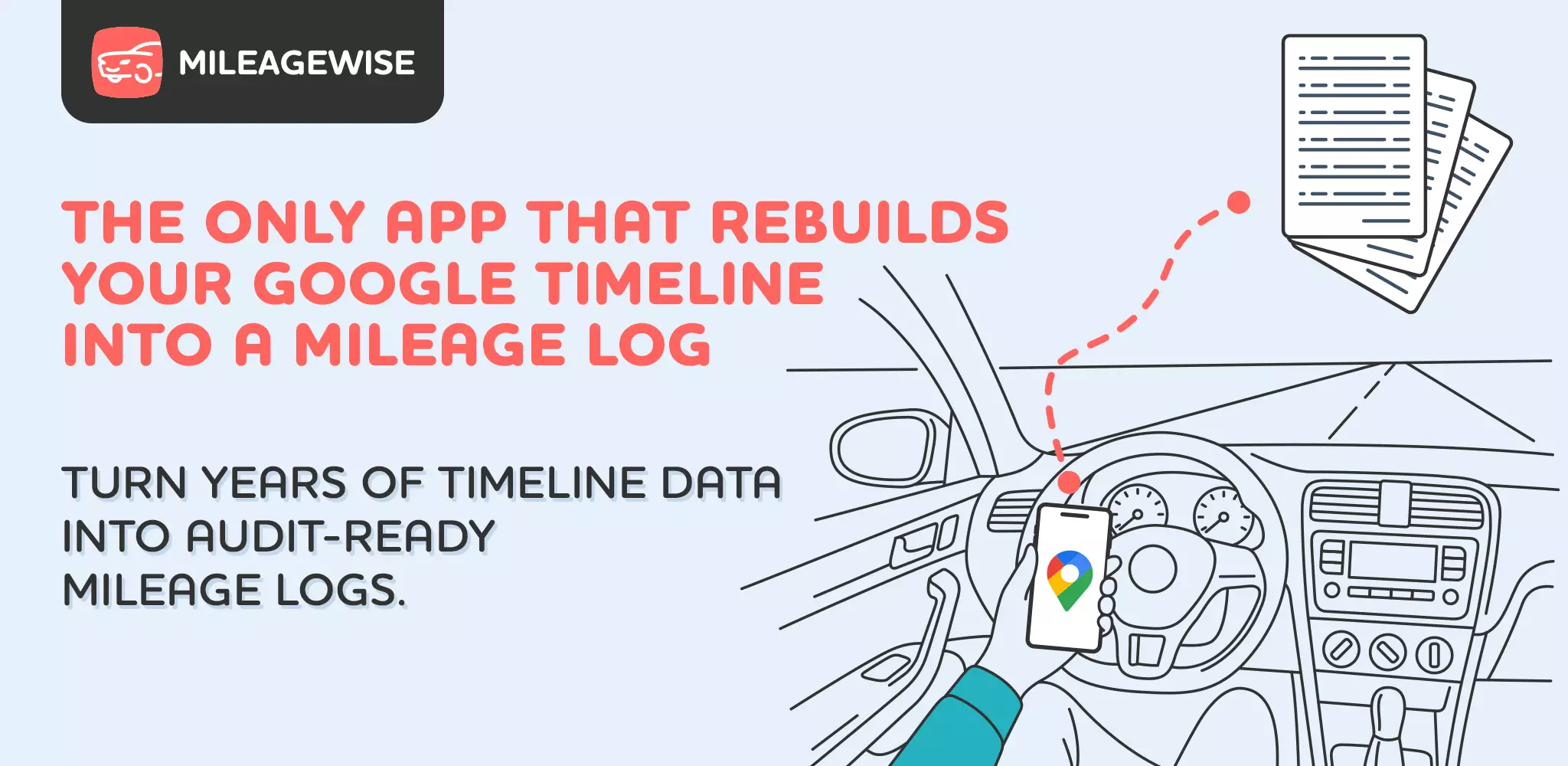
Introducing the Google Timeline to Mileage Log Mobile App
We’re excited to share our latest development! You can now convert your Google Maps Timeline drives directly into an IRS-compliant mileage log right on your

DoorDash Tips and Tricks: Your Edge Over Competition
Last Updated: November 17, 2025 I’m excited to share the top DoorDash tips and tricks shared by YouTuber Pedro “Mr.BetonYou” Santiago. He collected and vetted the

8 Uber and Lyft Scams Every Driver Should Know
Last Updated: November 9, 2025 Driving for Uber or Lyft can be a rewarding gig, offering flexibility and the chance to meet new people. However,
SherpaShare Shutdown – What To Do Now?
Last Updated: October 7, 2025 SherpaShare was a service designed primarily for people who work as independent contractors, particularly those in the ride-sharing and delivery
Gas Mileage Tracker: Your Key to Savings
Last Updated: August 8, 2025 A gas mileage tracker helps drivers watch their vehicle’s fuel use, mileage, and related costs. You might want one to
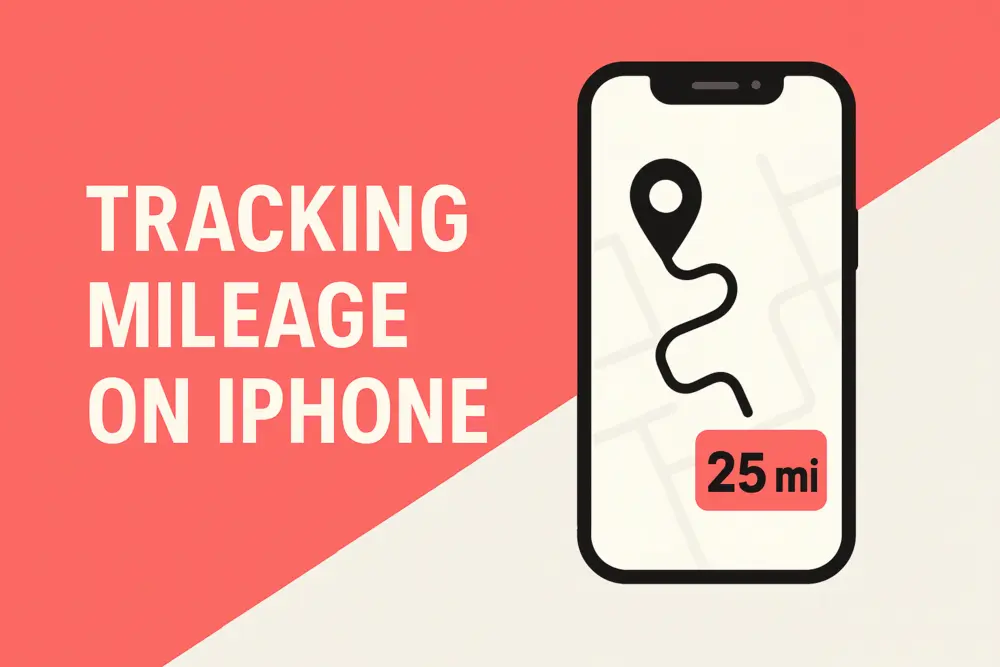
How To Track Miles on iPhone: Find your Match
Last Updated: August 6, 2025 Looking to track miles on your iPhone? Whether it’s for fitness, personal use, or business tax deductions, your iPhone offers
Related Guides


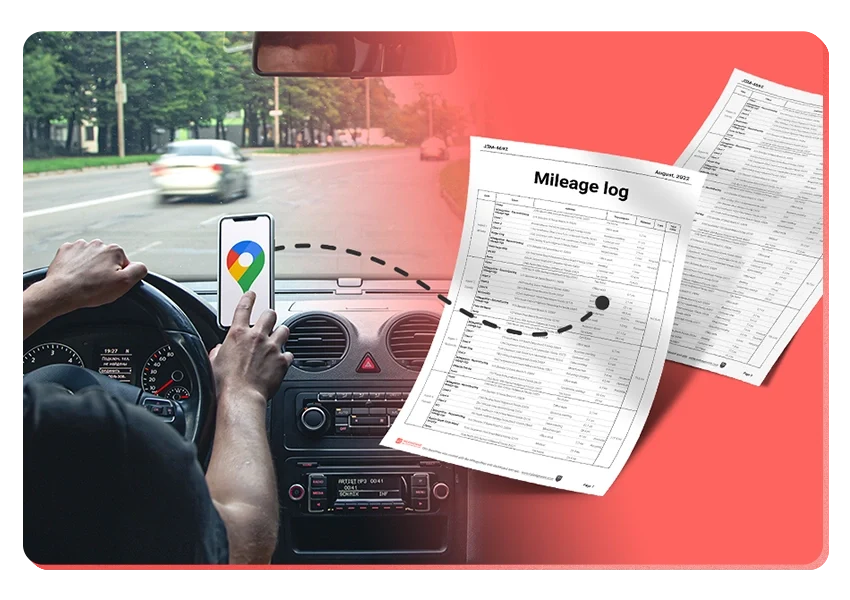
It’s Finally Here! Google Maps Timeline Import from Mobiles
Transform your Trip Lists into Mileage Logs with MileageWise

Introducing the Google Timeline to Mileage Log Mobile App
We’re excited to share our latest development! You can now convert your Google Maps Timeline drives directly into an IRS-compliant mileage log right on your

DoorDash Tips and Tricks: Your Edge Over Competition
Last Updated: November 17, 2025 I’m excited to share the top DoorDash tips and tricks shared by YouTuber Pedro “Mr.BetonYou” Santiago. He collected and vetted the

8 Uber and Lyft Scams Every Driver Should Know
Last Updated: November 9, 2025 Driving for Uber or Lyft can be a rewarding gig, offering flexibility and the chance to meet new people. However,
SherpaShare Shutdown – What To Do Now?
Last Updated: October 7, 2025 SherpaShare was a service designed primarily for people who work as independent contractors, particularly those in the ride-sharing and delivery
Gas Mileage Tracker: Your Key to Savings
Last Updated: August 8, 2025 A gas mileage tracker helps drivers watch their vehicle’s fuel use, mileage, and related costs. You might want one to

How To Track Miles on iPhone: Find your Match
Last Updated: August 6, 2025 Looking to track miles on your iPhone? Whether it’s for fitness, personal use, or business tax deductions, your iPhone offers

Introducing the Google Timeline to Mileage Log Mobile App
We’re excited to share our latest development! You can now convert your Google Maps Timeline drives directly into an IRS-compliant mileage log right on your

Was Your Google Timeline Deleted? Here’s What Happened:
Last updated: November 20, 2025 If you recently opened Google Maps and noticed your Timeline was deleted or partially missing, you’re not alone. In this

It’s Finally Here! Google Maps Timeline Import from Mobiles
Struggling to Manage Your Trips After Google’s Timeline Update? If you’re reading this, you’ve likely encountered the recent update affecting Google Maps Timeline. With Timeline
Transform your Trip Lists into Mileage Logs with MileageWise
Last Updated: October 1, 2025 Do you have a list of monthly trips from a data source like Excel or Google Timeline, but need to
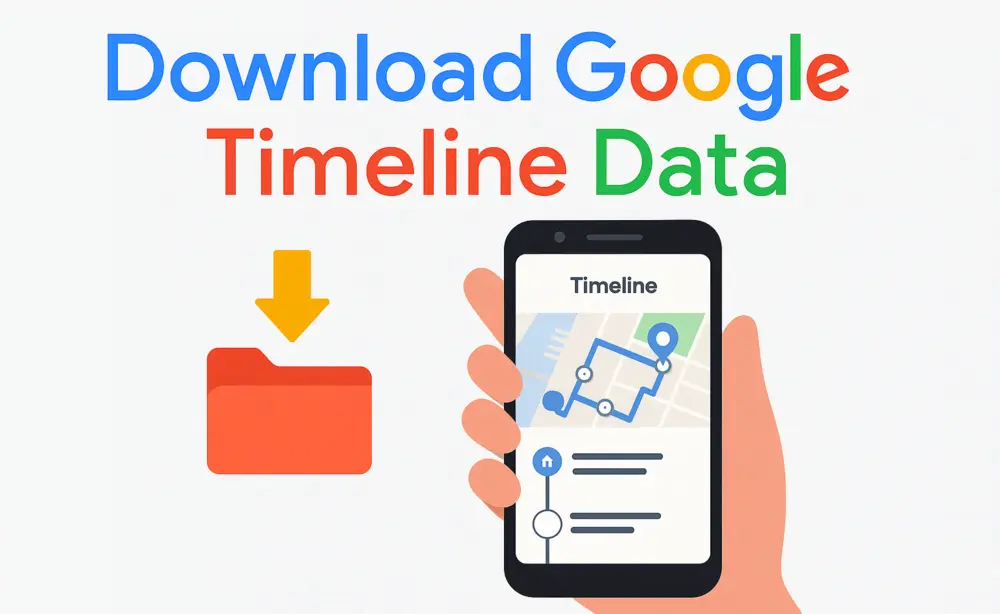
How to Download Google Timeline Data: A Guide
Google Timeline Import Hub Last Updated: October 30, 2025 Want to download Google Timeline data? This guide shows you how to extract your location history
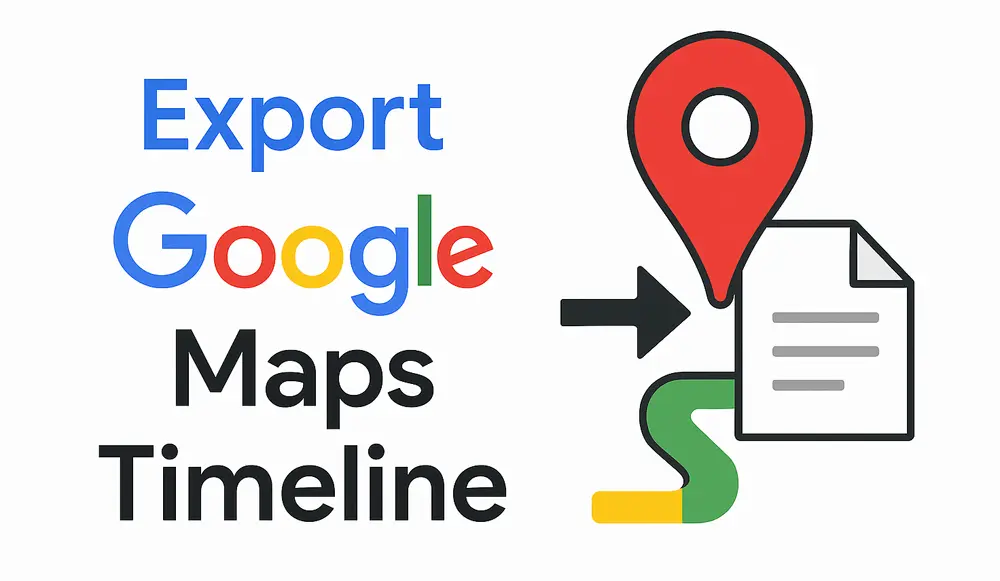
How to Export Google Maps Timeline: Get Your Data
Google Timeline Import Hub Last Updated: October 29, 2025 It can be tricky to export Google Maps Timeline data after Google’s recent updates. Many users
Google Maps Mileage Tracker: From Timeline to Mileage Log
Google Timeline Import Hub Last Updated: October 29, 2025 If you’re an active user of Google Maps Timeline you likely already know how convenient it
Timeero
Table of Contents Timeero Timeero is a time, location, and mileage tracking app designed for businesses and teams in the United States. It helps employers
Milewise by Allstate
Table of Contents Milewise by Allstate Milewise by Allstate is a pay-per-mile car insurance program offered by Allstate Insurance in the United States. It’s designed
Hurldr
Table of Contents Hurdlr Hurdlr is a finance and expense tracking app designed for self-employed professionals, freelancers, and gig workers in the United States. It



